Washington Post: Attracting Young People to Portland, Decades in the Making
Tuesday, October 21, 2014
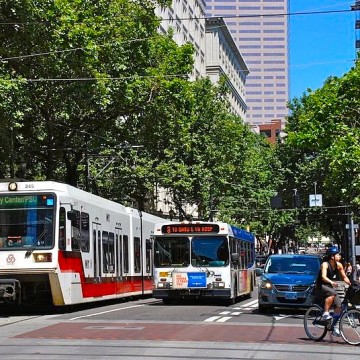
“From across the country, Portland looms as this place where everything comes in quirkier, locally produced, more artisanal versions of what the rest of us have,” writes Emily Badger, a reporter for the post’s Wonkblog.
Badger writes that the Portland of your wildest Portlandian dreams IS a real place. It’s a place where City Hall tears up a parking lot and plants its own Swiss chard, where all things are “farm-to-table, locally grown, organic, artisanal, walkable and shared.”
But it’s not because Portland jumped on the bandwagon of some new trend or tried to retool itself to attract young creative. The reason Portland is so hot with the generation of Millenials flocking to its shores is that it has been building a vision of urban life since the 1970s that’s only just become popular, according to Badger.
“Portland has become a cultural phenomenon, and a symbol — sometimes teased — of the new move-first-then-find-a-job Millennial paradigm, is that the city has for decades been pursuing a set of policies and values that the rest of us are now suddenly into,” Badger states.
That’s no surprise to any who have lived here more than five years, but it’s nice to hear someone else say it.
Sprawl busting and living in dense pedestrian and transit friendly neighborhoods is suddenly a desirable quality in a city, and while other communities struggle to revitalize their downtowns, and retrofit their horizontal urban carpet for transit, Portland has been mastering the crafty for decades.
The Urban Growth Boundary, installed in the 1970s, light rail, begun in the 1980s, the Portland Streetcar growing by leaps and founds in the 2000s.
The Washington Post article quotes Portland Mayor Charlie Hales for evokes Tom McCall for their parts in the vision of living in a world beyond parking lots and strip malls. It even goes on to cite economist Joe Cortright’s rebuttal to the claim that Portland is a place where young people go to retire.
And beyond transit and urban planning there is the artisanal food and local agriculture movement and to that Badger writes, “Portland got there first, too. Sorry, Brooklyn.”
Anyone, who’s been here a few years, should know that Portlanders have been community gardening, backyard chicken raising and fighting to keep farming local since before dirt was new.
“Portland is succeeding in large part because the long-term direction of the city happens to align with what these young people prize today,” Badger writes.
That means that the young, educated and entrepreneurial demographic that is reshaping America and it’s economy want to be here. Which is good. The downside is that people don’t often have jobs when they come here. They move to the region for the lifestyle and then look for work.
Sound familiar? Yes, that too is something that’s been going on here for a long long time.
Related Slideshow: 15 Biggest Public Transit Systems in the U.S.
Related Articles
- The 10 Worst Reasons to Move to Portland
- Portland Welcomes World’s First Nonprofit Brewery
- Portland’s 5th and 6th Avenues Named Best Streets in the Nation
- Put a Bird On It: Portlandia Flavored Flair for Your Bike
- Portland’s Bike Plan Makes Biking Safer in the City
- Portland Then/Now: Union Station
- Portland Is The 11th Best U.S. City For Pet Lovers
- Portland Latinos and Blacks Denied Mortgages at Twice the Rate of Whites
- Portland is the 10th Best City for Trick-or-Treating
- The Top Ten Things Portlanders Do With Bacon

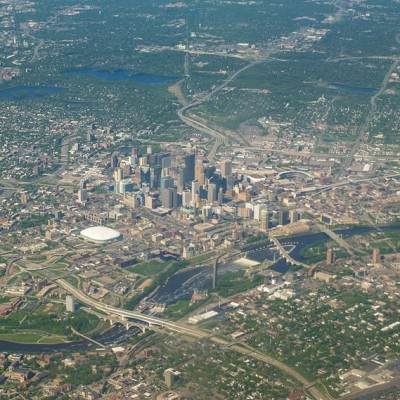
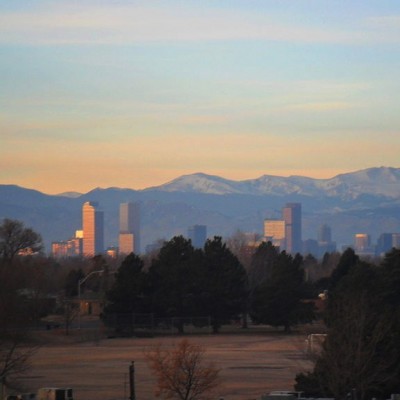
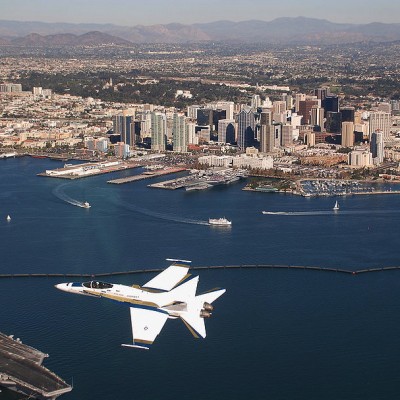
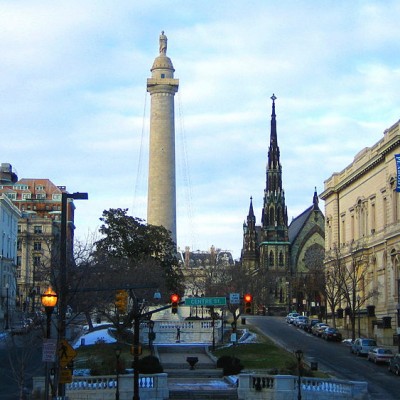
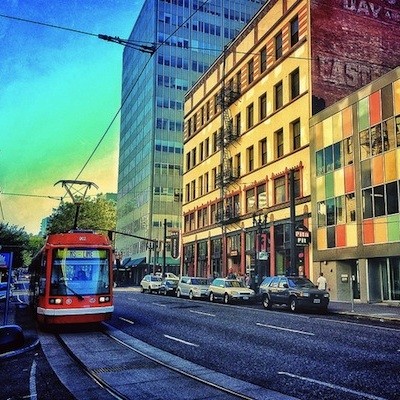
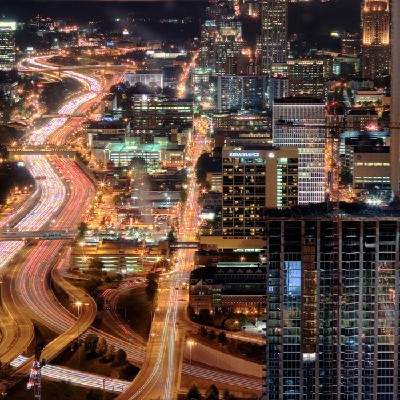
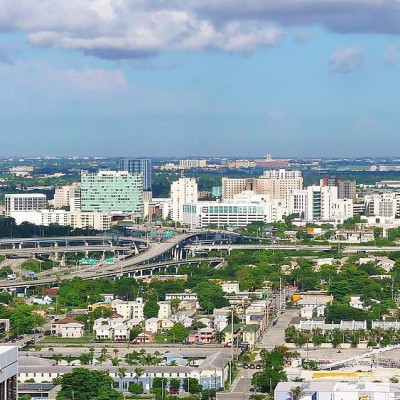
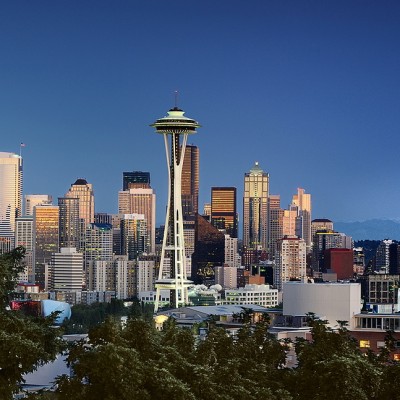
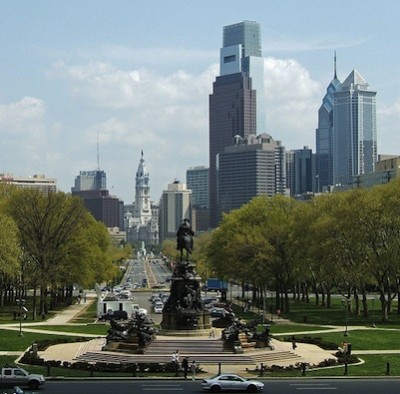
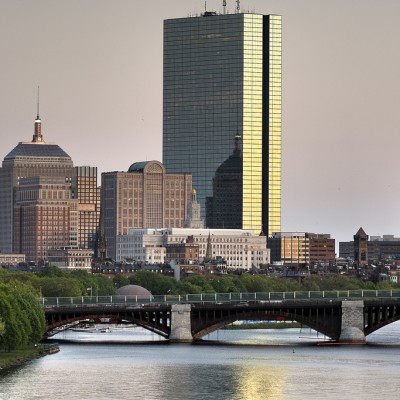
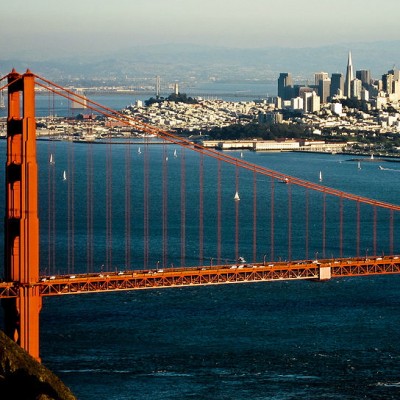
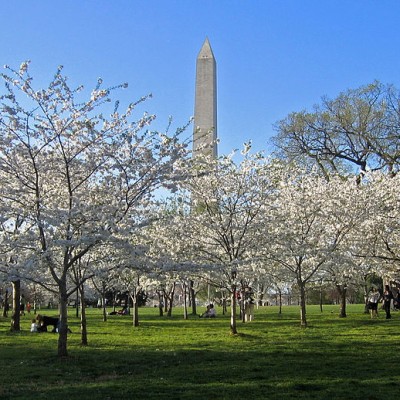
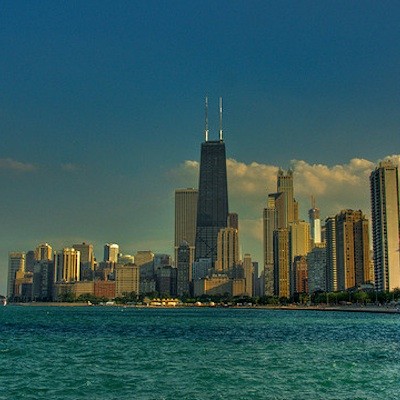




















 Delivered Free Every
Delivered Free Every
Follow us on Pinterest Google + Facebook Twitter See It Read It